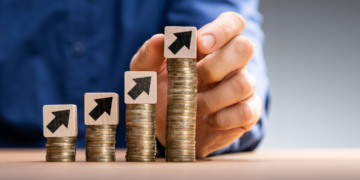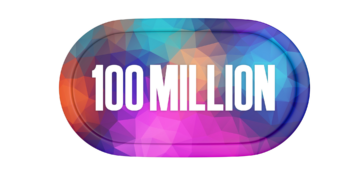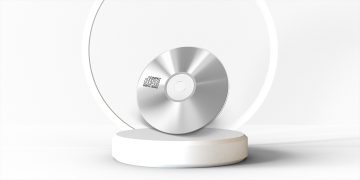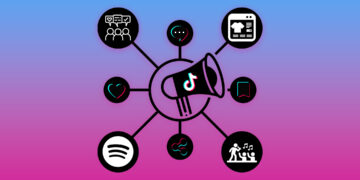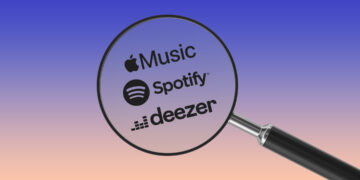Spotify on the stock exchange – what are they doing there?
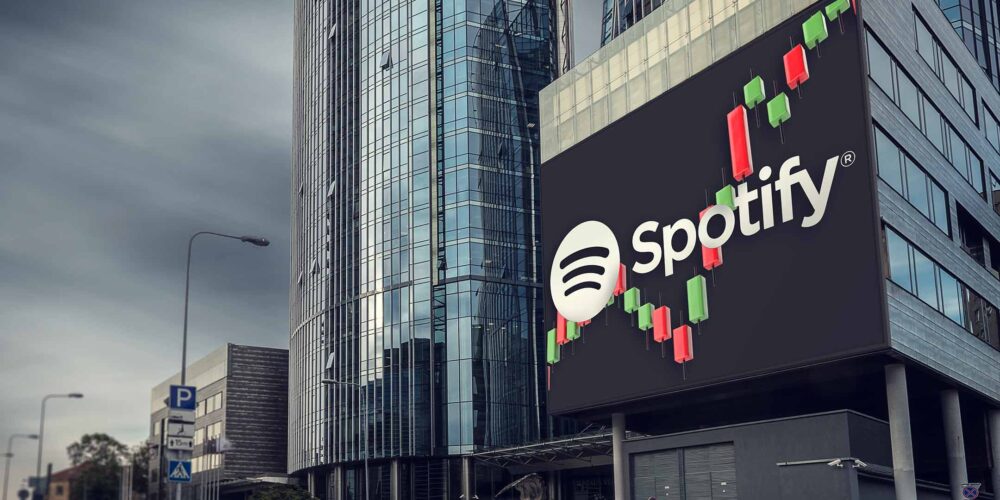
- Why the Spotify share is valued so high despite losses
- For what reason Spotify buys back its own shares
- Why musicians hardly profit from it
What is the situation like at Spotify?
Music streaming is a highly competitive business. Numerous providers are getting involved – even though the market is already bursting at the seams. The undisputed market leader is Spotify with 44% of the global market share in the first quarter of 2021. Apple Music is in second place with 18%. In the US as in many other countries, music streaming accounts for a good 80% of total revenues. So things are going pretty well for this now firmly established, but still quite young, growth market.
The IPO
This enormous growth potential has of course not escaped the investors. When the Spotify stock went public in 2018, it exceeded all expectations. The set reference price of $ 132 was three hours after the IPO at $ 165.90. Today, a share with fluctuations costs between 230 and 240 dollars. The then valuation of $ 23 billion stands today alongside a market capitalization of $ 43.21 billion. Spotify is growing rapidly.
The balance sheets
However, these stock market valuations have little to do with economic reality. In fact, Spotify posted losses of EUR 20 million in the second quarter of 2021. In the company’s history, there were only five quarters in which the figures were in the black. Otherwise, Spotify’s balance sheets were always in deficit. Investors see the company’s future potential. Incidentally, it was similar with Netflix, whose profits are now constantly increasing.
The balance sheets
For the third quarter of this year, however, Spotify is planning large investments – in its own securities. The Swedish company plans to buy back its own shares worth one billion dollars. Spotify therefore continues to believe in its own growth and wants to profit from it as much as possible. Of course, the company’s own demand will also provide a positive impetus, which should cause the share price to rise further. Considering that the share had already touched the 350-dollar mark in the spring, the buyback should definitely pay off.
The investments
However, as economically sensible as this buyback may be in the long term, with a deficit balance sheet and so many open construction sites, the investment might have been more sensible elsewhere. The widely announced podcast offensive, for example, seems to be faltering – especially since non-exclusive podcasts on Spotify are still not monetized. Payments to artists are also much discussed. It is not just that other services pay significantly more generous revenues to musicians – the distribution model itself has also come under criticism.
The payout
There is no fixed equivalent for a stream at Spotify. Instead, the subscription income is distributed proportionally to their contribution to the entire streaming contingent. Big artists benefit enormously, while smaller artists only get the crumbs.
Is the stock market to blame?
It’s a common problem: the stock market distorts economic metrics. The price valuation of a company overshadows realistic valuations and balance sheets. Instead of hoping for small returns, a kind of game of chance is operated on the entire valuation, whereby the success of a company depends largely on its “reputation” among investors. This puts Spotify under enormous pressure – the entire strategy must be geared towards the share price.
What’s next?
Of course, going public also has advantages: the company’s liquidity is secured. Artists don’t have to worry about suddenly collapsing revenues, projects and collaborations can be financed and the platform expanded. If, however, little or nothing of this reaches artists and consumers, all the overwhelming reviews and successes will unfortunately bring nothing at all to those who ultimately should.
